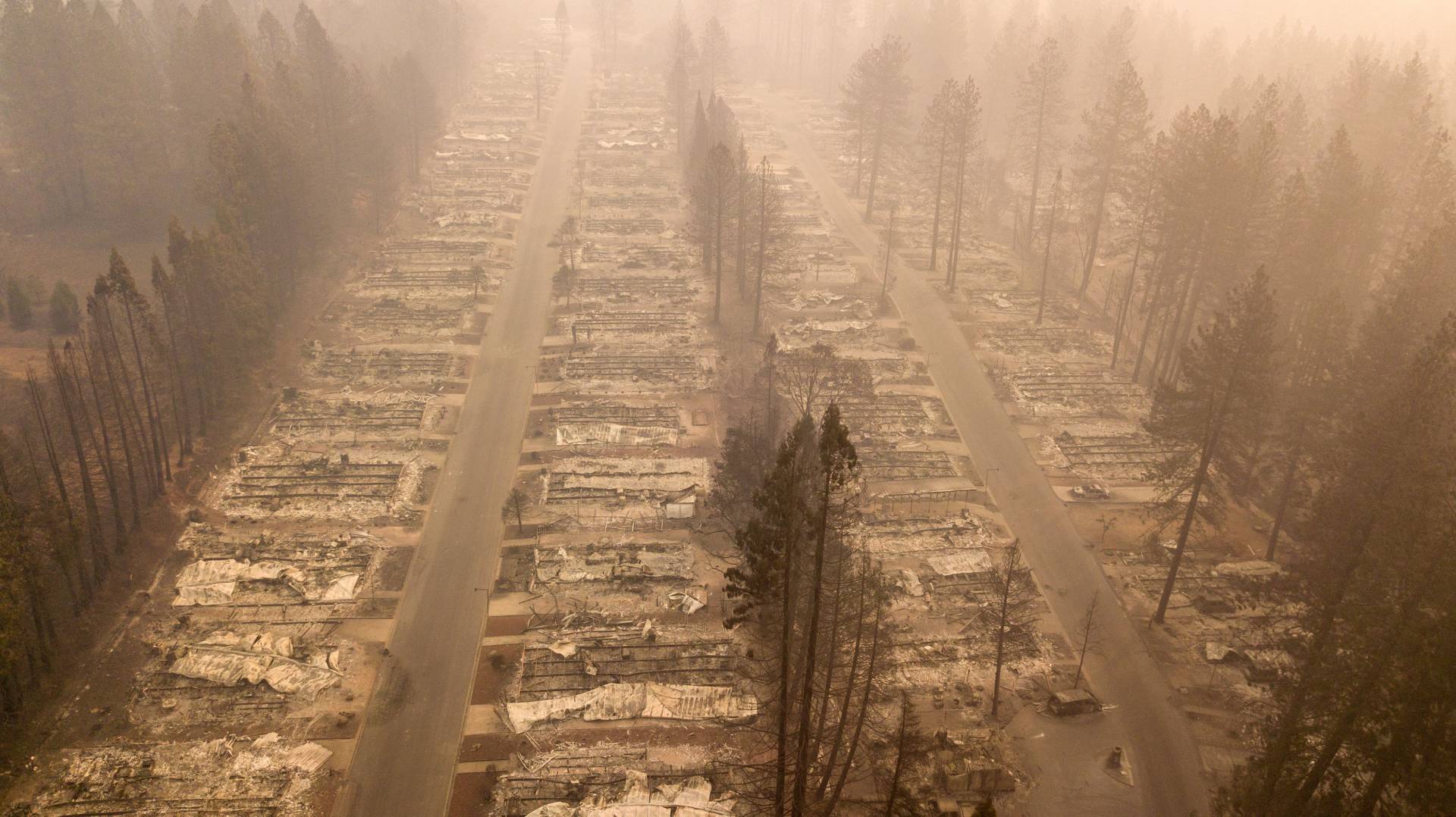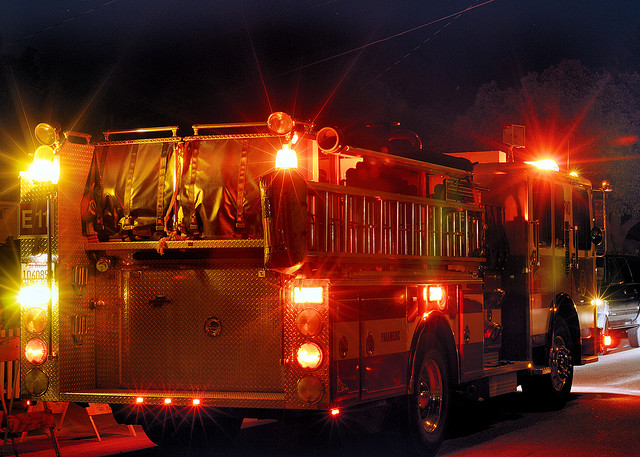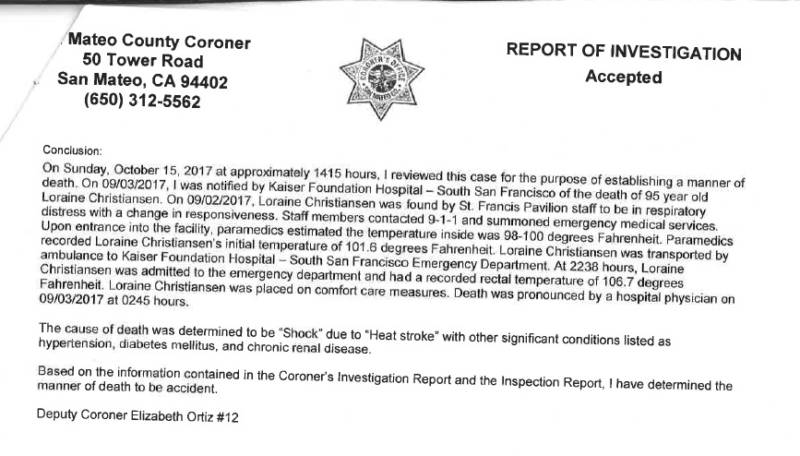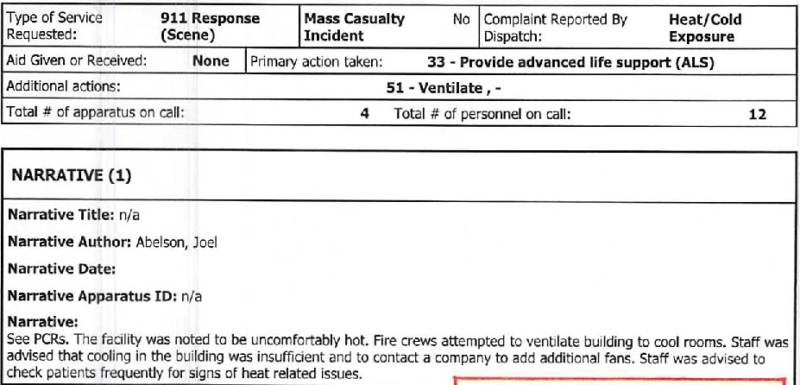As the Camp Fire swallowed Paradise, as many as 175 elderly patients in skilled nursing facilities lay in its path. Nimble care workers saved them from the flames, wrangling private cars and pleading with ambulance companies to speed safe evacuations.
Extraordinary, heroic efforts protected patients in Paradise. But climate change – which intensifies wildfires and strengthens heat waves and hurricanes – now flings ever-worsening natural disasters at nursing homes in California and across the country. And in some of these cases, managers and staff are failing their patients.
In 2017 alone, disasters such as Hurricane Harvey in Texas and the Tubbs Fire in Northern California offered a glimpse of this growing risk, said Deborah Pacyna, director of public affairs for the California Association of Health Facilities, a trade association that represents nursing homes.
“It was a wake-up call, definitely,” she said.
On the Gulf Coast, excessive heat sickened hundreds of nursing home patients who sheltered in place during hurricanes. In Texas, a group of citizens calling themselves the “Cajun Navy” broke into a nursing home to rescue patients when waters had risen a foot indoors; local police handcuffed one facility manager who refused to permit residents to leave. In Hollywood Hills, Florida, a medical examiner ruled 12 deaths as homicides after a hurricane knocked out power, leaving patients to swelter.
In Northern California, recent wildfires are a high-profile example of just how threatening climate-related catastrophes can be for some of these most vulnerable people.
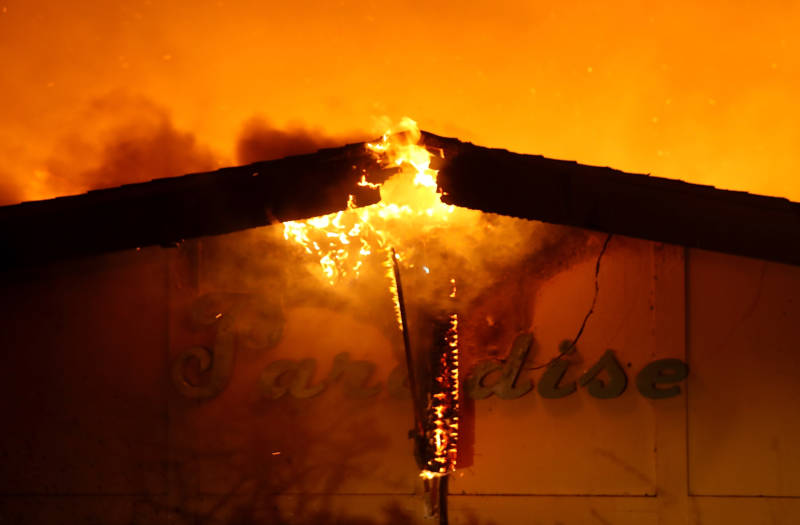
But another deadly and growing threat to nursing home patients remains overlooked: extreme heat.
In 2000, heat killed two nursing home patients and sent six more to the hospital in Burlingame. Bill Lockyer, who was then the state Attorney General, investigated the first-ever Justice Department prosecution of a national nursing home chain. Temperatures for the sick and dying patients rose, on average, above 106 degrees.
In 2006, in Stockton, Woodland and Fremont, nursing home patients died when air conditioning failed during a massive heat wave. Local police evacuated some facilities.
A KQED investigation found that last year, extreme heat caused the deaths of at least 14 elderly people, including one 95-year-old woman at St. Francis Convalescent Pavilion, a skilled nursing facility in San Mateo County.
That patient, Loraine Christiansen, died from heat shock – and her story suggests that nursing home patients are at serious risk from health care facilities still adapting to climate-driven disasters.
Anatomy of an Extreme Heat Death
A little before 10 p.m. on Saturday, Sept. 2, 2017, a San Mateo County emergency dispatcher picked up a call from a nurse at St. Francis Pavilion.
“I just found a patient alert but nonverbally responsive,” the nurse said.
The temperature had peaked at 101 degrees that day. It was still 85 when the nurse reported that the patient had turned pale, and had a temperature of 103.1.
Christiansen had just been moved to hospice care at St. Francis Pavilion. A widow and former secretary for a Methodist church, Christiansen had hypertension, diabetes and chronic renal disease – all conditions that worsen in heat.
